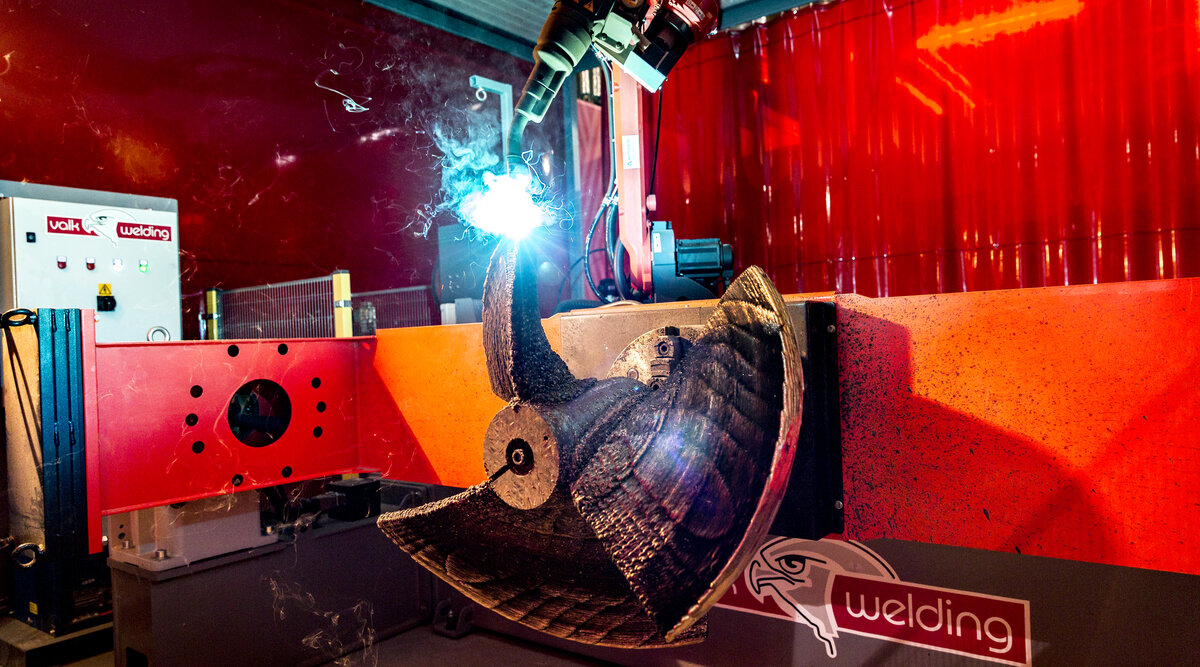Jotta Bureau Veritaksen tiukat tarkastusvaatimukset täyttyisivät, prototyypin materiaalin ominaisuudet testattiin perusteellisesti. Käyttämällä tämän prototyypin tuotannossa saatuja tietoja ja kokemuksia, toinen sertifioitu kopio tulostetaan, joka asennetaan ensi vuonna DamenShipyardsin hinaajaan käytännön testejä varten. 400 kg painavan 3D-tulostetun laivan potkurin tuotanto on virstanpylväs 3D-tuotantoteknologioissa. Se osoittaa, että suuria metallikomponentteja voidaan tuottaa alhaisemmilla kustannuksilla ja lyhyemmässä ajassa kuin nykyisillä teknologioilla.




